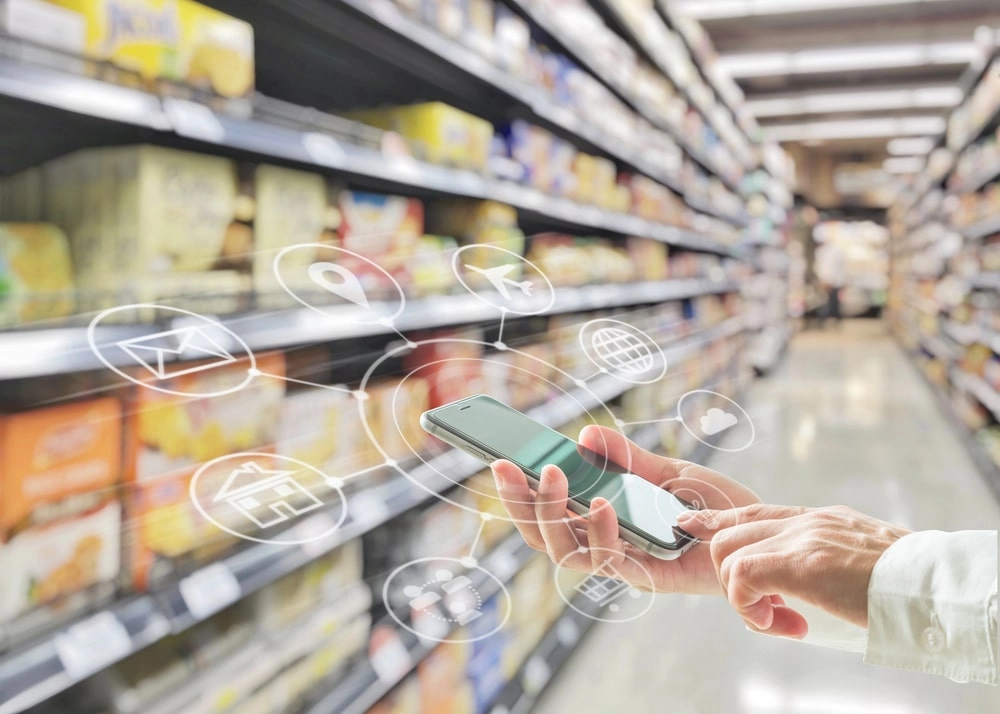How Does Packaging Drive Brands’ Omnichannel Retail Strategy?
E-commerce raised its share of global retail trade to 17% in 2020 compared to its 14% in 2019. Because of this surge, customers expect retail companies to meet and exceed their expectations throughout their buyer’s journey, from advertising, and customer service, to packaging. However, meeting buyer expectations will be challenging if businesses cannot provide the same seamless experience across diverse channels.
Fortunately, businesses can improve customer experience through an omnichannel retail strategy. Omnichannel retail aims to give customers the same experience throughout its channels by paying attention to the factors customers care for, including packaging.
Here are some of the reasons why packaging is vital to omnichannel retail.
What is Omnichannel Retail?
Omnichannel retail is a sales approach that focuses on providing customers a seamless buyer experience across multiple channels. This is whether they are shopping through their phone, laptops, or purchasing in-store.
The Importance of Packaging in Omnichannel Retail
Product packaging has always been an integral part of marketing as it is the first thing people see from your brand. Conveying a good first impression through the packaging design, style, color, size, and even ergonomics is as essential as the product itself. The following are how packaging can help create an excellent omnichannel brand experience.
1. Establishes brand identity
Branding allows solid and long-term relationships with customers possible through brand recall, recognition, and in the long run, loyalty—making packaging and consumer behavior interconnected.
2. Ensures supply chain efficiency
The packaging reveals the current state of the business’s inventory, indicating whether or not there is a defect, a misprint, or even damage even before the products leave the warehouse. This knowledge improves the warehouse’s efficiency and organization.
3. Helps reduce costs
Effective packaging can help your business maintain consistent brand performance across all your channels to ensure that your products ship at a minimal cost. Other than that, many shipping companies impose taxes on products packaged differently.
Furthermore, if your packaging is not built well, it can lead to damaged goods and order returns, which are both losses on your part.
4. Allows for better logistics and engagement
Apart from using packaging as a marketing tool, the role of packaging is to secure your products and get them to your customers safely. Packaging does involve not only design but also the composition of the material. Before choosing any packaging, companies should do extensive research to ensure that the sourced materials will allow the business to transport the goods safely and securely, withstanding the rigors of shipping.
Another important aspect of packaging is a customer’s ability to track their orders through smart packaging, keeping them in the loop. As mentioned, customers are getting more involved in the conversion process, with most of them wanting to track the status of their parcels. They’re not only their orders, but they’re also gauging how long it takes for it to arrive and the condition it comes in. These all play a big part in how they perceive your business.
5. Creates shelf appeal
There are a lot of product choices, all with different SKUs (stock-keeping units) or the barcodes you see on the packaging. These barcodes track the movement of the store’s inventory from storage to on-shelf to checkout.
Great packaging is a retail merchandiser’s best weapon for continuous checkout of products. In-store retail merchandising is how retailers and businesses make their products available in retail stores; it also refers to how the products are organized to encourage shoppers to purchase their products. In retail merchandising, execution, selection, in-store design, and even product placement play a big part in creating shelf appeal that would encourage purchases.
6. Helps businesses keep up with product and marketing changes
Businesses must align packaging design with internal changes such as product specifications or marketing changes and external changes such as the digital marketing landscape. Marketing and advertising are ever-changing disciplines that continue to innovate according to consumer behavior and improvements in technology. As part of the marketing mix, packaging should follow these changes to stay on top of the business’ production and marketing cycle.
7. Fulfills consumer demand for usability
Today’s consumers are looking for functional packaging that is incredibly user-friendly. Apart from design, ease-of-use is a factor that most consumers look for when purchasing a product. Is it easy to open and close? Can they sort it quickly? How about reusing the packaging?
Environmentally conscious consumers already bring their empty jars, bags, and containers when grocery shopping. Thus, the challenge remains in usability. Can your packaging be reused/recycled, and are they made as simple as your consumers require?
Packaging Matters
More consumers are getting involved in the purchasing process. A great omnichannel retail strategy could help address this challenge and ensure an all-around seamless and engaging shopping experience that encourages returning consumers.
Your customer experience can improve through product packaging as it influences consumer decisions and the perception of your brand. Effective packaging is the perfect blend of product safety, function, aesthetics, and sustainability, creating an excellent omnichannel brand experience.
Meyers Printing creates sustainable, functional, innovative, and practical packaging for your products. Contact us today for more details.

